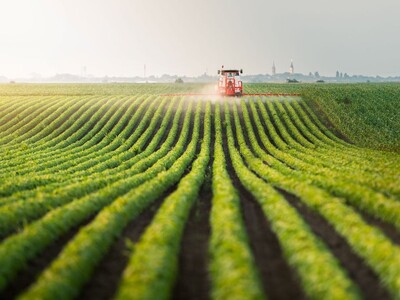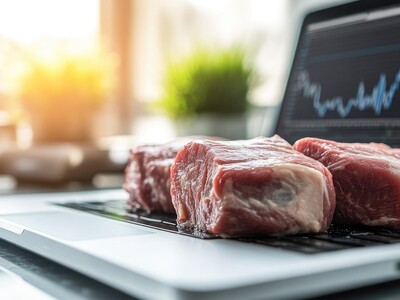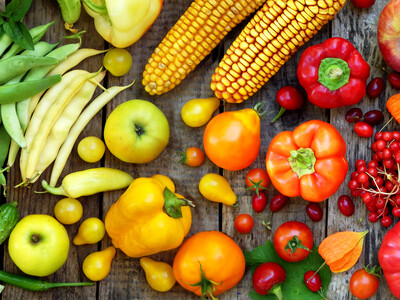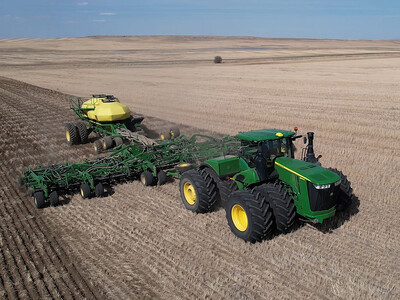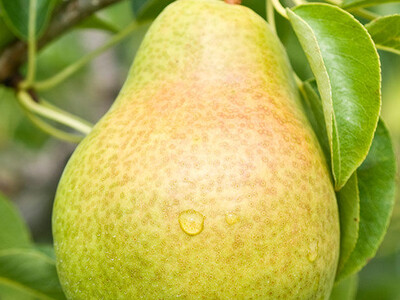Preserving Hay
Making sure your hay crop holds the same nutritional value as they day it was cut is paramount for keeping a high-quality feedstock. Jim Franceschetti, Case IH Aftermarket Solutions product marketing manager for hay and forage, says moisture management is key in doing so.“I think moisture and moisture management has the biggest impact on the quality of the hay being cut and produced. So, making sure that you're managing your moisture effectively is paramount to the entire operation. Moisture can impact the mycotoxins and bacterial growth if there's too high of moisture, and of course we all know that could lead to potential spoilage, and even in some instances, if there's a lot of moisture in there, it can create a lot of heat and that can lead to spontaneous combustion. So, not only from a safety perspective, but also controlling your moisture leads to making sure that you have an effective and good relative feed value for the hay that's being produced.”
Case IH offers hay preservative products to help ensure a successful harvest.
“Case IH to offer ThirtyPlus hay preservative, this is a buffered propionic acid, and it's specifically formulated to prevent spoiling of the hay crop. So, this preservative has a pH of six which is about the same as rainwater, meaning it's safe for your equipment, it's safe for the operator, and it's safe for the livestock, all while still doing the job that it needs to do and that's preserving the hay and it works on all types of hay.”
Franceschetti adds you also want to consider moisture when it’s being stored.
“So, doing everything you can to properly store that hay so it has the same nutrients and the same relative feed value as the day you cut it. Proper storage is paramount, if you're able to store it indoors. We also want to make sure that you're producing uniform and dense bales and doing your best to keep any sort of moisture away from the bale. If it has to be stored outside, keeping it off the ground so there's no risk of runoff or water damage that way. Using proper crop packaging also is important. And finally, remembering to frequently monitor the moisture of the bales after it's been put up for storage to make sure that you're not seeing any excessive heat being produced.”
For more information on the ThirtyPlus hay preservative, visit mycnhistore.com/thirtyplus (my C-N-H-I store dot com backslash ThirtyPlus) or talk with your local Case IH dealer.





